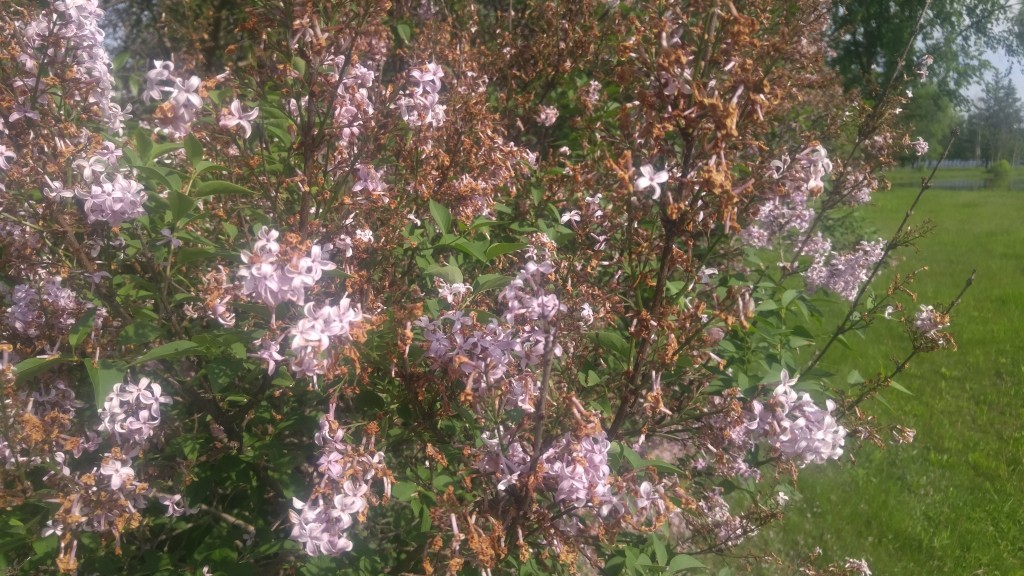Many of the lilacs I’ve seen have put on a nice show of flowers this spring. Some could have been even better if their owners had removed the spent flowers last spring.
Not many people are aware that deadheading lilacs is the best thing you can do for them to stimulate better flowers next year.
I don’t fault those who didn’t get around to doing that last year. If you remember, we had a wet spring last year and in the rush to get things planted, lilac deadheading was pushed far down on the list of gardening priorities.
Several years ago I was responsible for a dozen or more lilacs. My helpers and I always took the time to take off those spent blossoms and it really paid off. It’s another one of those delayed gratification things that gardeners always seem to be dealing with.
Deadheading is very easy work if you have a sharp pair of pruners. Just snip off the expired flower right at its base and let it fall. It can be time consuming on a large bush but after a bit you fall into a rhythm. To me it’s a satisfying job because you can see the old flowers accumulate on the ground as you work at it. Plus you are aware that next year’s flowers will will be even showier.
Old lilac flowers never fall off. Instead their panicles turn brown as seeds begin to form making the shrub look messy. So taking off the old flowers also keeps your shrub looking nice and neat. To do the most good, deadhead before the seeds set. I like to do it just as the last of the flower color is left.
Don’t worry too much if can’t get around to snipping off the flowers, your lilac will still do fine without any attention. In addition to its reliable flowering habit, low maintenance is another reason why lilacs have remained popular since colonial times.
Lastly, a light application of fertilizer after deadheading will give your lilac the nutrients it needs to regrow its flowers buds.
Bob
